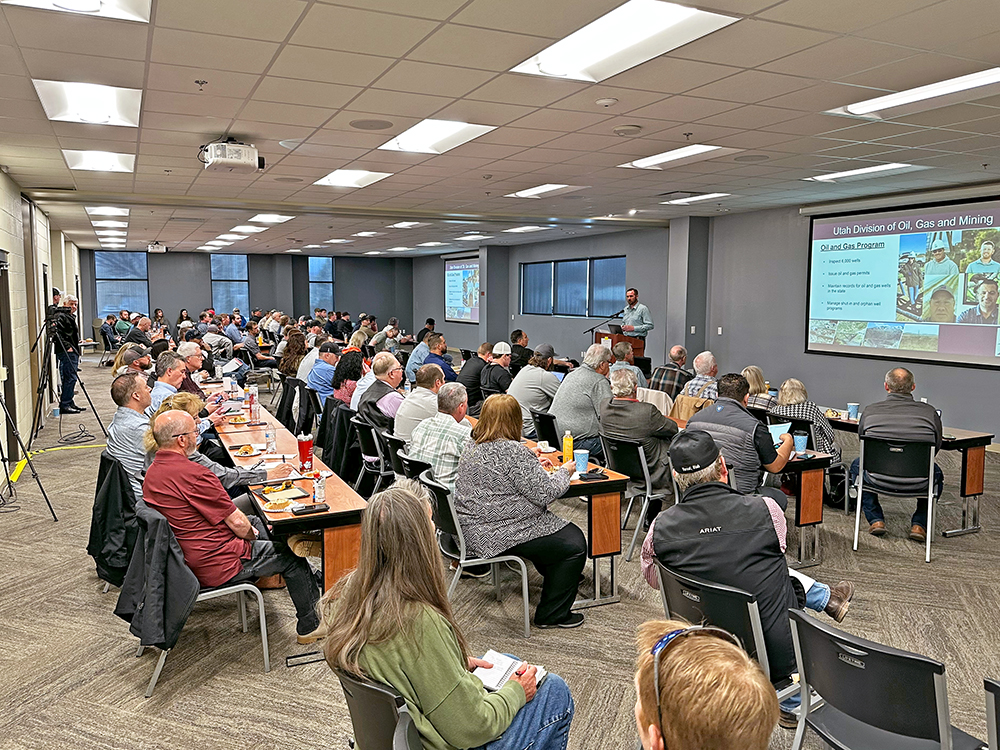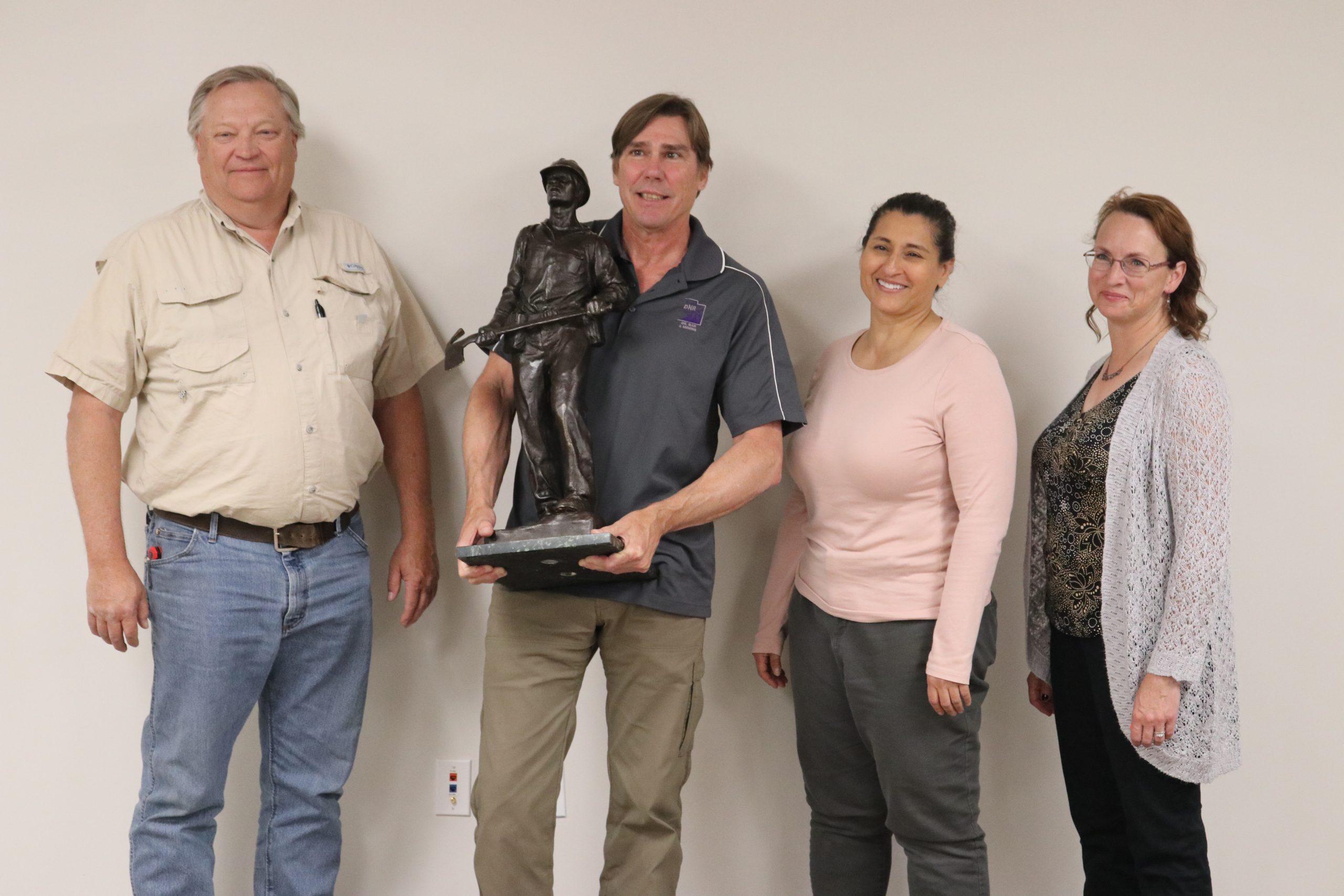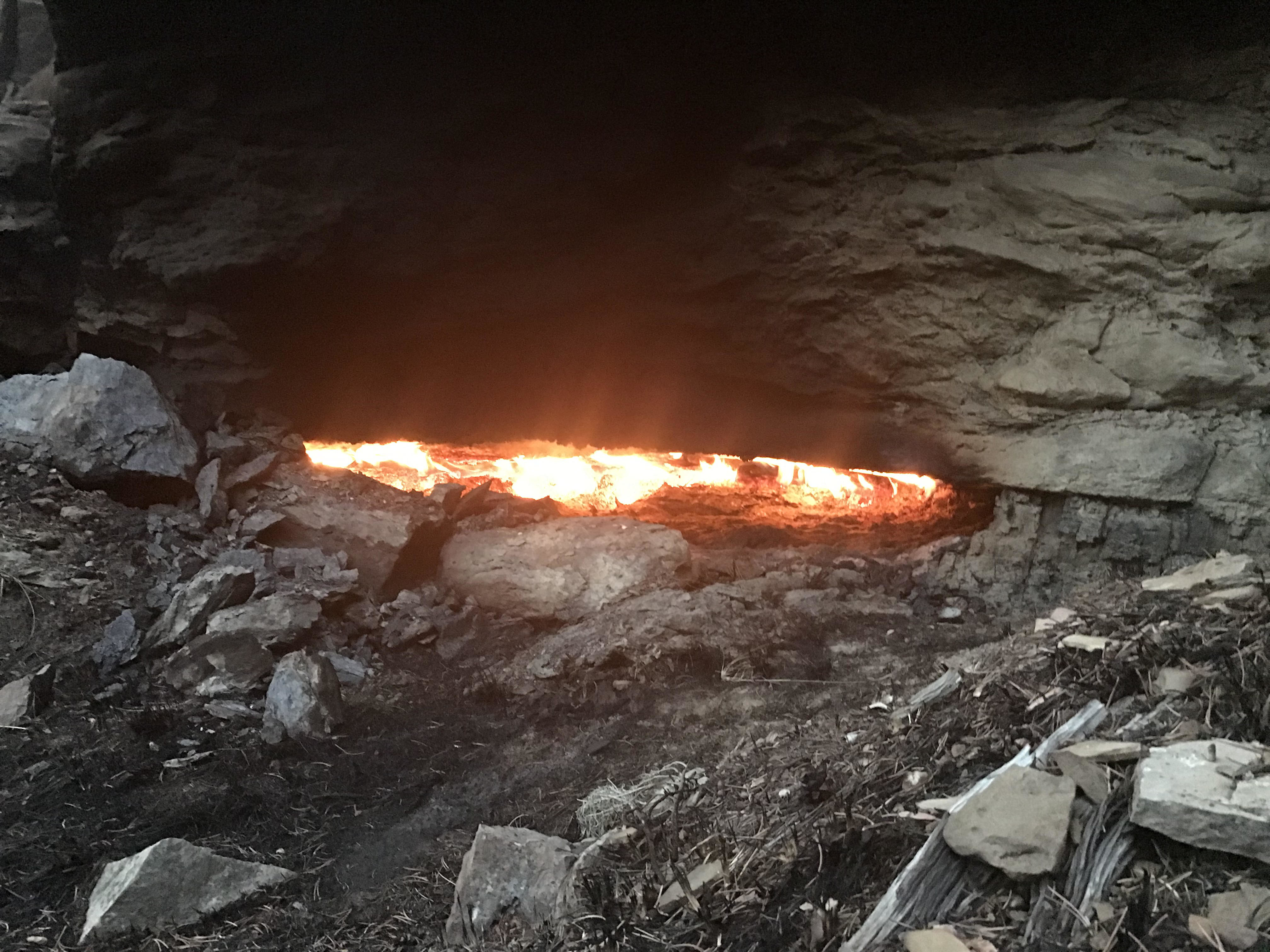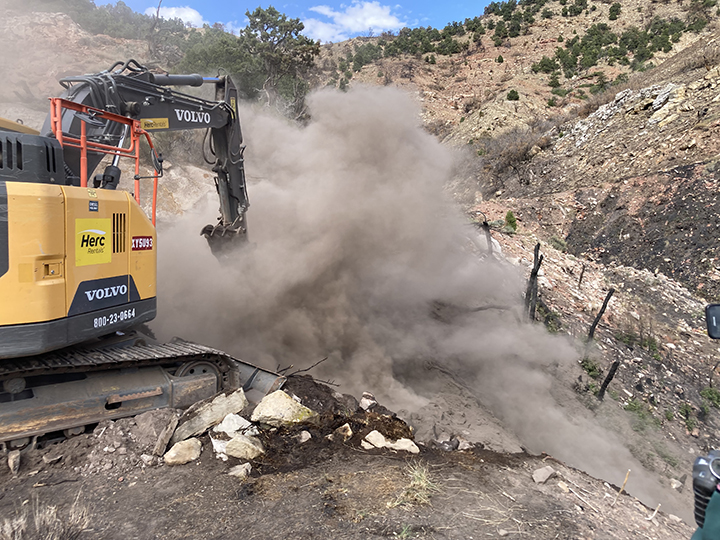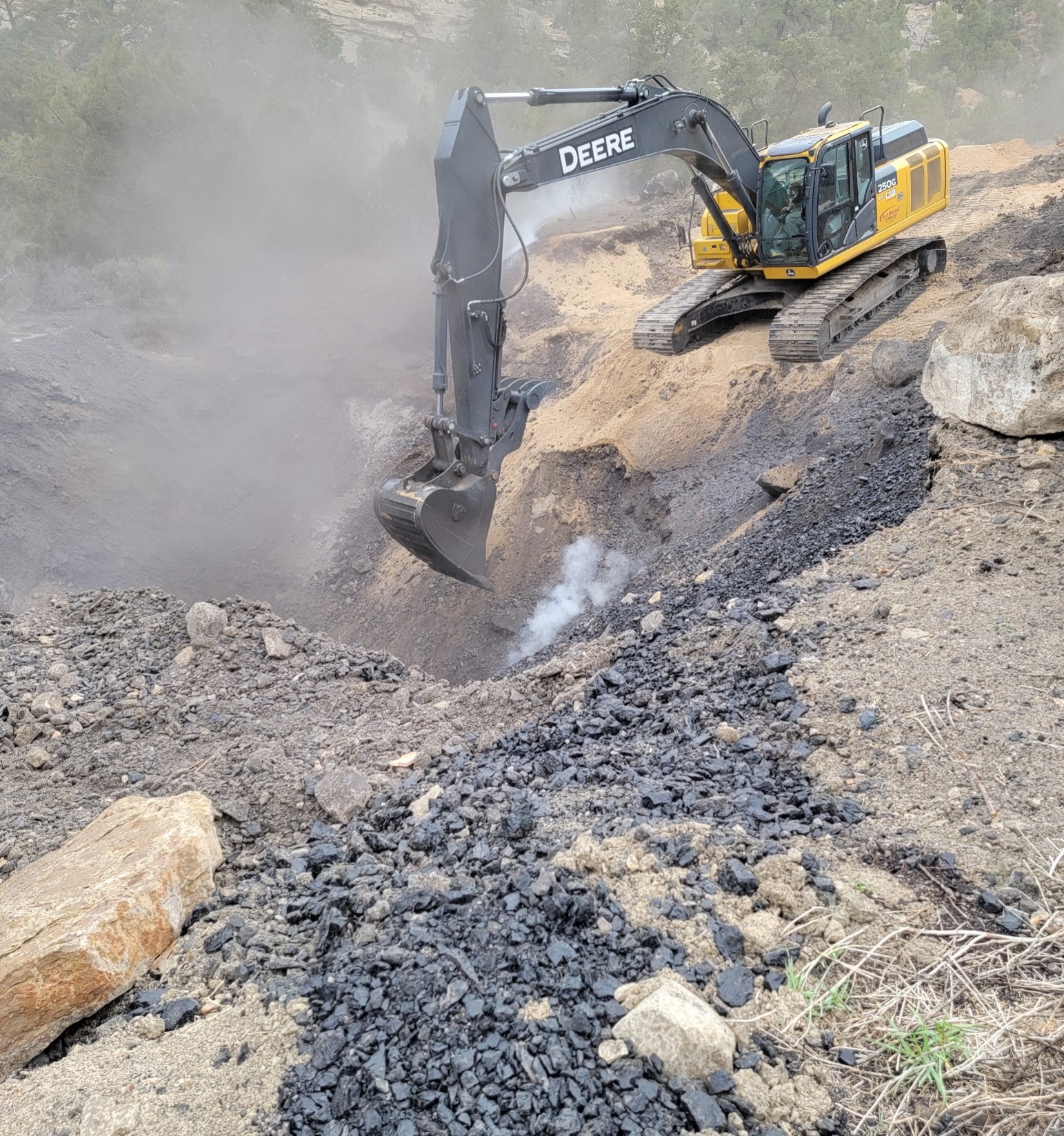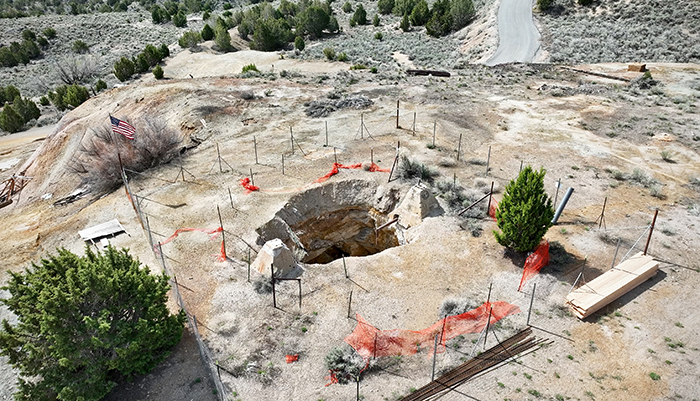
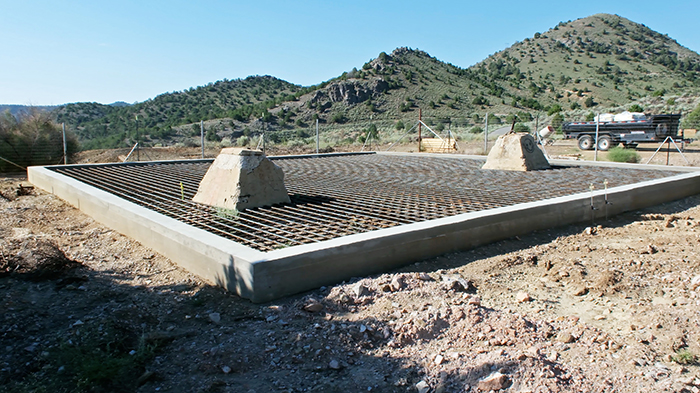
EUREKA, Utah – The Utah Division of Oil, Gas and Mining Abandoned Mine Reclamation Program (AMRP) staff recently oversaw the closure of 56 abandoned mine openings on private land near Eureka in the Tintic Mining District in Utah County. The project included the Tintic Standard Mine No. 2, the mine shaft where the bodies of Brelynne “Breezy” Otteson and Riley Powell were recovered in 2018.
“The area is private property, but easily accessible and close to popular off-highway vehicle trails,” said AMRP Manager Steve Fluke. “Safeguarding these mines ensures that future risks are minimized or eliminated, improving public safety. Closure methods, including backfills, rebar grates, walls and polyurethane foam, were selected to protect features of historical significance and animal habitats while protecting public safety.”
The Tintic Mining District has a rich mining history dating back to the late 19th century. It experienced a significant boom during the late 1800s and early 1900s, with numerous mines and mining towns in the area. At its peak, the district was one of Utah’s most important mining regions and played a crucial role in the state’s economic development.
Today there are an estimated 17,000 abandoned mine openings scattered across Utah. Since the AMRP began in 1983, approximately 7,000 openings have been closed. When mines were no longer producing, they were often abandoned, leaving equipment, open shafts, tunnels and piles of waste rock. In 1975, the Utah Mined Reclamation Act was passed, making it illegal for mines to be abandoned.
The AMRP protects the public from the dangers of old mines by sealing off access to openings and cleaning up waste. Old mining sites can contain dangerous gases, unstable structures, and explosives. For more information on the AMRP, visit ogm.utah.gov/amr/index.php.


